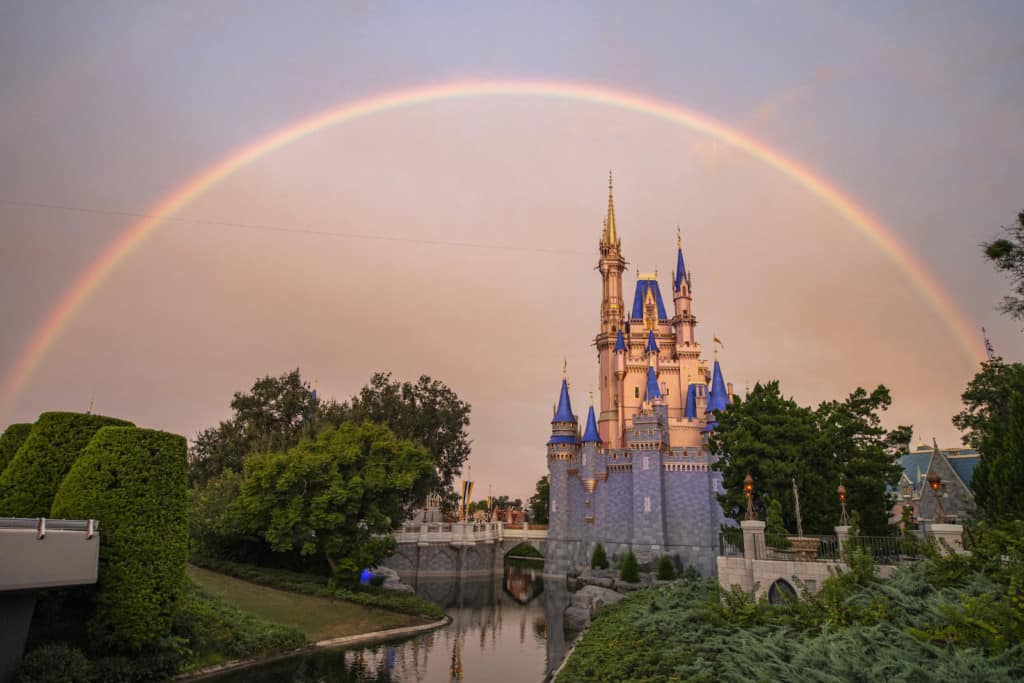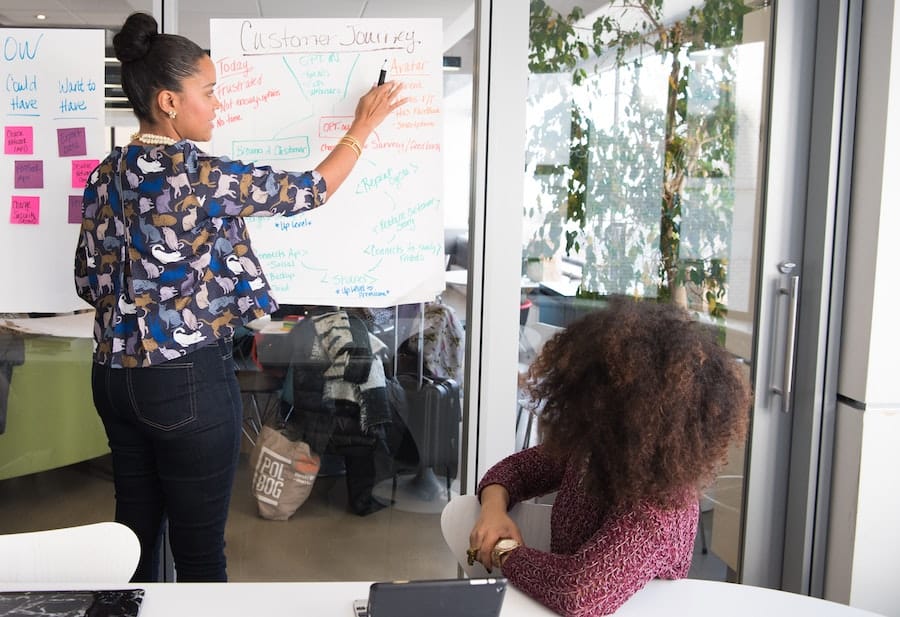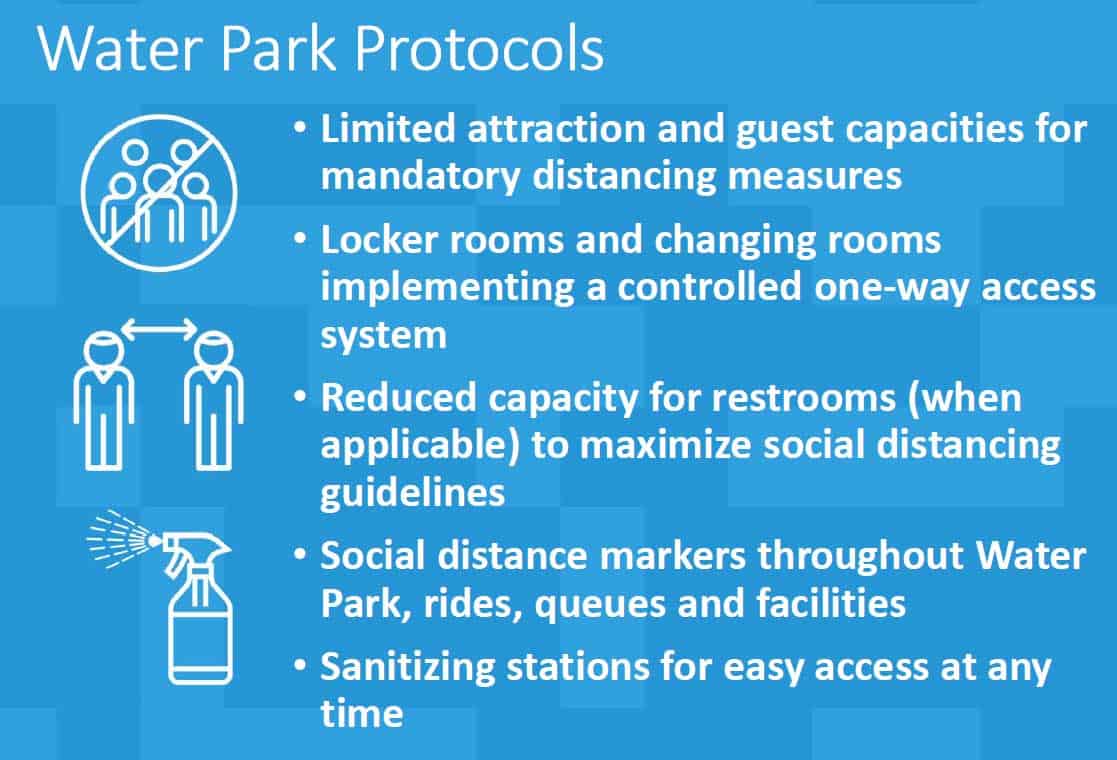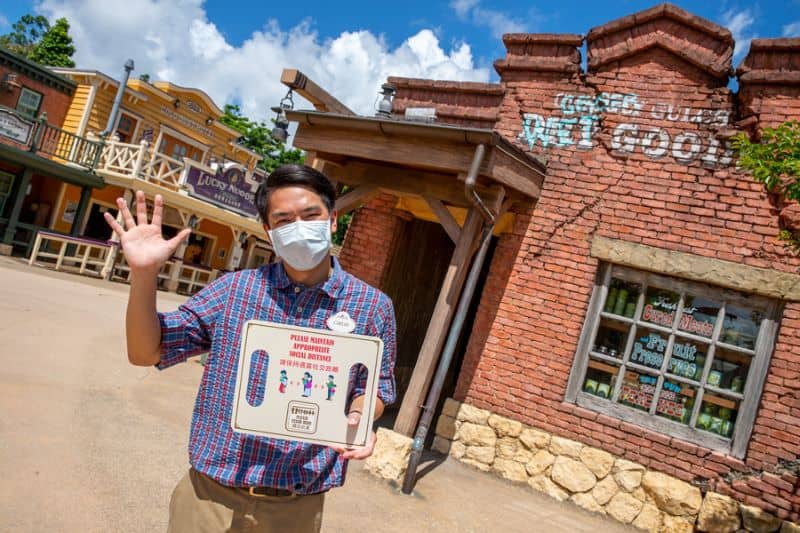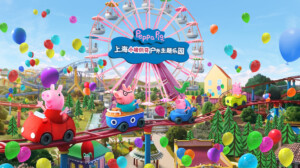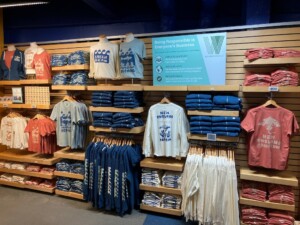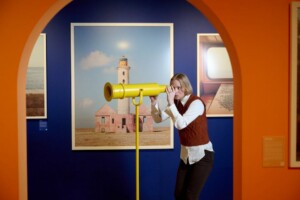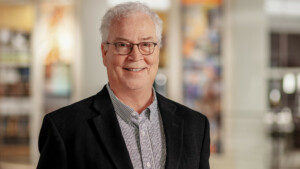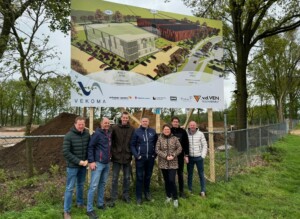Shaun McKeogh, Founder & President at Attractions Academy, has been associated with the attractions and leisure industry for over 25 years. Here, he draws on his extensive experience to give his nine top tips for achieving operational excellence.
McKeogh’s career began at a number of leading theme parks & resorts in Australia, including Warner Bros. Movie World, Sea World, Wet ‘N’ Wild Water World, and Sea World Resort. He was also on the opening leadership team at Ferrari World Abu Dhabi.
He has many years of experience in strategic operational planning for new attractions. McKeogh has provided consultancy support for new attractions and leisure organisations, setting them up to become world-class in their operations. He also has experience in supporting existing attractions to improve their guest experiences, through the strategic management of staff management and leadership
McKeogh set up Attractions Academy in 2018 to provide global attractions organisational development, consultancy and training solutions.
Achieving operational excellence: Shaun McKeogh’s nine top tips
Speaking about his previous experience, McKeogh says:
“My insights come from having had the opportunity to travel to so many countries; to become familiar with, understand, and observe organisations and the realities, practices and conditions that contribute towards their ability to achieve operational excellence within a themed attractions and leisure experiences environment.”
Some important considerations
Before beginning his countdown, Shaun McKeogh talks about three particular, unique realities related to the attractions and leisure industry:
“The first reality is that people deliver, facilitate and enable the experience. Our staff, our team members, our cast, our crew. People are prone to errors and make mistakes. People do or do not make effort. They have good and bad days. Ultimately, it’s our people and the quality of their delivery that will make a huge difference to the quality of the operations.”
“The second reality is that generally speaking, our industry and roles are not known for being the most fluid in terms of salary compensation. Unlike other industries, for example, retail and sales-based industries, commissions are generally not the norm for the majority of our people. This reality is also important to recognise.
“And the third reality is that both the organisation and the guests have extremely high expectations on the state of happiness, friendliness and helpfulness of our people. The reality is the organisation and the guests expect our people, delivering the experience, to always be in a state of perfect, genuine, blissful, smiling joy.
“These three realities are important considerations that I believe have influenced the following nine ways to achieve operational excellence.”
9. Recruitment and selection
To begin with, achieving operational excellence has a lot to do with ensuring that you have the right people working for you, says Shaun McKeogh.
“In the attractions and leisure industry, for all of the guest-facing roles, we want to be assured that our people are smiling, friendly and helpful, proactive, confident, and exceptional communicators. These are non-negotiable qualities that guest-facing roles must have.”
“The traditional HR practice of conducting a 10-minute face to face interview to identify those traits, they don’t work. We know that 10 minutes is not a true indicator of natural behaviours. What’s observed from attractions and leisure facilities achieving operational excellence is an assessment centre, a group interview or an additional audition approach to recruiting and selecting guest-facing roles.
“Rather than 10 minutes, three or four hours are spent, assigning tasks and observing genuine behaviours. And the results are the selection of new employees that are more likely to possess and exhibit the qualities that the operations require.
“This is no easy task to undertake. It does demand a very strategic and deliberate approach to the recruitment and selection process. But it’s an approach that saves recruitment time and dollars, and reaps much better human resource results.”
8. Operational excellence is impacted by leadership
Shaun McKeogh also identifies some characteristics and practices of the world’s leading industry operators, saying that success is often down to the people at the top and their leadership qualities.
“Strong, clear, strategic, values-based leadership and excellence in communications,” is something that he says is key, as well as “clearly communicating the visions and the expectations, ensuring that everyone is kept in the loop.”
Leaders are truly present to the business, and its people
Another important characteristic he identifies is presence:
“The leaders are truly present to the business, and its people. They can be seen walking through the attractions and the leisure facility operations, allowing them to keep their finger on the pulse, with the standard practices and procedures and sentiments of those involved in the operations. In being present, they’re able to truly listen, observe and make leadership decisions.
McKeogh talks about the impact of having an open-door policy, where leaders are ready to listen and proactive in seeking out insights. He also notes how, in successful attractions “recognition is clearly given to those teams and individuals who keep making achievements, and making great efforts to support the business to achieve its goals.”
7. Systemisation
“Smart operators systematise things,” says Shaun McKeogh. “A system spells it out clearly for everyone involved in delivering operational excellence. The system provides the clearly defined responsibilities actions words standards and responses.
“A perfect example of one such system would be a service excellence system. Because you can’t leave service excellence delivery to chance. It just doesn’t happen. It happens by design.”
“The design of a service excellence system is going to be documented. It’s going to include defined standards, it’s going to include strategic and specific training for managers and service providers, it’s going to be systematic in reinforcing the desired service behaviours.”
“It will be systematic in designing and providing managers and service providers with the tools and resources to wow the guest and to deliver appropriate service recovery. And of course, the system will also include audits, measures and reporting processes. This is to hold everyone accountable and take into consideration the need for continual improvement.
“We’re in the business of fun. But we achieve it through smart systems, that excellence in safety, service and sales.”
6. The importance of training
Following on from his previous point about recruitment, McKeogh says that once an attraction has recruited the right staff, it also has to train them in the right way. In particular, he highlights the importance of the induction programme.
“We know that research shows us that the first 90 days are critical to set new employees in the right direction for success. Especially, setting the scene for your organization’s vision, mission and values, how to support safety, service and sales and to start forming your brand ambassadors.”
“A leadership development programme should also always be present. This is to clearly define the expectations for current and upcoming leaders, defining excellence in leadership.
McKeogh says it is vital to “establish a common language and consistent approach to leadership”. He also says that a “comprehensive and clearly structured on the job training programme” is key.
“The addition of skill-based training and ongoing development training opportunities are also critical to achieving operational excellence,” he adds.
5. Employee engagement
Employee engagement is really important in achieving operational excellence, says Shaun McKeogh.
“Organisations have success with engagement and improve the business when they treat employees as true stakeholders. What this means is focusing on performance management activities. Clarifying work expectations, giving people the tools and resources and training to do their work. Providing development opportunities and promoting positive relationships amongst the team.”
Engaged employees are more productive and present, they’re more attuned to the needs of customers and our guests
“At its most basic level, employee engagement occurs when an employee is willing to put discretionary effort into their work. This is in the form of time, thought and energy beyond the call of duty. It is about unlocking the potential willingness to give.
“Highly engaged business units, attractions and leisure facilities also realise a 41% reduction in absenteeism and a 17% increase in productivity. Employees who are engaged consistently show up to work and also have a greater commitment to quality and safety. And by showing up, it doesn’t mean just mean presenteeism, being there and clocking on. It means positively being there and being present.
“Engaged employees are more productive and present, they’re more attuned to the needs of customers and our guests. In summary, the benefits of employee engagement include a positive impact on customer ratings, profitability, productivity, turnover, safety incidents, shrinkage, absenteeism and quality.”
Achieving operational excellence through employee engagement
“Concentrating on employee engagement can help many attractions and leisure facilities through these COVID tough times. In the last six months, examples we’ve seen have been employee care calls – managers and supervisors having a list of employees and ringing them up, touching base on a weekly basis and checking how they are.”
“It might only take a couple of minutes. But it’s letting the employee know that you care for them and are listening to what’s happening. Provide online training, even when they’ve been at home. Keep them engaged in work and also give them continuing opportunities to be involved in getting ready to come back to work. Utilize online resources to keep teams connected.”
Measuring engagement
“By intentionally focusing on measuring and managing employee engagement, using an employee engagement metric, attractions and leisure facilities gain a competitive advantage,” adds McKeogh. “This will also keep them moving forward.
“And that engagement metric must be used regularly. Whether that be every three months, whether that be daily, whether that be every six months, whether that be every 12 months. Using that metric identifies the measure of your employee engagement, and how much you’ve improved each time.”
“Attractions and leisure facilities with high employee engagement have common philosophies and practices. This also includes recognising that creating a culture of engagement starts at the top.
“It’s common amongst these organisations that they communicate openly and consistently, and recognise the importance of using measures. And also of hiring and developing great leaders, managers and supervisors. Part of that is holding their managers accountable.”
4. Management
This leads neatly onto McKeogh’s next insight into achieving operational excellence. This is the idea that a good manager’s role is to focus, coordinate and guide an operation.
“The way a manager goes about their job for operational excellence includes focusing on ongoing team dynamics, to make sure that members stay focused on the task, the job at hand. Coordinating work each day, managing for the consistent reassessment and realignment of team goals and performance to the standards set in our theme parks, water parks and attractions, museums and leisure facilities.”
The manager’s role is inherently all about coaching and creating a coaching culture
“Management’s daily task is to manage, focus, coordinate and guide individual and team performance. The manager’s role is inherently all about coaching and creating a coaching culture.
“Coaching culture is a strong indicator that the attraction values continual improvement. And continual improvement is going to support the attraction to deliver outstanding service experiences. A coaching culture exists when employees at all levels are open to and expect engaging, respectful, two-way coaching conversations about work performance.”
Coaching culture
“In a coaching culture, regular feedback is an expectation from everyone, including the manager. As the entire business strives to continually improve, feedback for the manager is critical. Managing employee performance skillfully, sensitively and strategically is critical.
“Managing performance successfully improves the way your employees deliver your product, as well as increasing employee engagement. But managing performance poorly delivers bad results. For instance, underperforming employees and employee dissatisfaction. This also impacts negatively on the guest experience.”
Shaun McKeogh also talks about the importance of rewarding effort:
“When they’re valued, [employees] will deliver better quality, genuine guest experiences. We need to train our managers to actually recognise and reward people appropriately. Because it’s not just about saying ‘hey, well done’. It’s actually about being very specific in recognising the exact behaviours we want to see repeating.
“When you recognise desired behaviours, and you value someone, it creates repetition. And that’s the power of a manager’s recognising of employees.”
3. Operational excellence must include a safety culture
Creating an effective safety culture is an ongoing process and commitment. However, the results in the attractions and leisure facilities industry cannot be denied.
“We must build a strong safety culture for operational excellence,” says McKeogh. “Share the safety vision, ensure everyone is aware. Define safety responsibilities to every role, every person in the organisation.”
“Create accountability, hold everyone accountable for their responsibilities. Be open and transparent, have an open door policy. Listen and draw on people’s ideas and suggestions to improve safety.
“Report on safety. Educate employees on the importance of reporting injuries, First Aid and near misses. Analyse why things happen, identify the root cause of accidents and incidents, then implement wise changes. And recognise your achievements and efforts when it comes to safety. Recognise them for the organisation as a whole, and also for those individuals building a safety culture.”
2. Correcting undesired behaviours
When it comes to achieving operational excellence, there is a connection between points number two and three on this list, says Shaun McKeogh.
“When I visit attraction and leisure facilities around the world,” he says, “I notice that accepting behaviours can be one of the greatest liabilities. For example, a team member at your facility may not be doing the right thing. They may not be smiling when welcoming every guest. They may not be wearing their name badge or they may not be standing with open body language.”
“Even though your business has trained it, stated it, had it in the employee handbook and set the standard, what sometimes happens in underperforming operations is that the supervisors and the managers, from all different departments and all levels of the business, don’t notice that behaviour.
“They walk past the employee, and they don’t say anything. They don’t highlight or remind the employee that they need to smile or that they don’t have their name badge. Or they don’t give a prompt or a hint to say ‘Hey, remember the open body language.’
“Every single supervisor and leader that walks past that team member sets the standard. And when they don’t say something, because they may think, ‘well, they’re not my department’, they’re accepting that behaviour. That’s a liability.”
Vigilant supervision
“But in an organisation that achieves operational excellence, there is vigilant supervision and management. Checking in with employees, looking, observing, giving feedback, encouraging and recognising the desired behaviours, correcting the undesired behaviours. It’s the giving of help, and also getting in there and role modelling the way things should be done.
“And when it comes to safety, it doesn’t matter when you’re doing it right. But it does matter when you are not doing everything right. One failure in employee safety, behaviour or procedure is going to hurt your business. So auditing and accountability are critical.”
1. A quality management system
The final point on Shaun McKeogh’s list of tips of achieving operational excellence is the need for a quality management system.
Operational excellence is brought together through a quality management system
“Operational excellence is brought together through a quality management system,” he says. “A quality management system establishes a structure for how a business manages its key processes. New attractions can start off in the right direction by ensuring processes meet the world-class standards that they establish and mistakes don’t happen.”
Background image © Disney, rainbow over Disney’s Magic Kingdom Park, by David Roark
